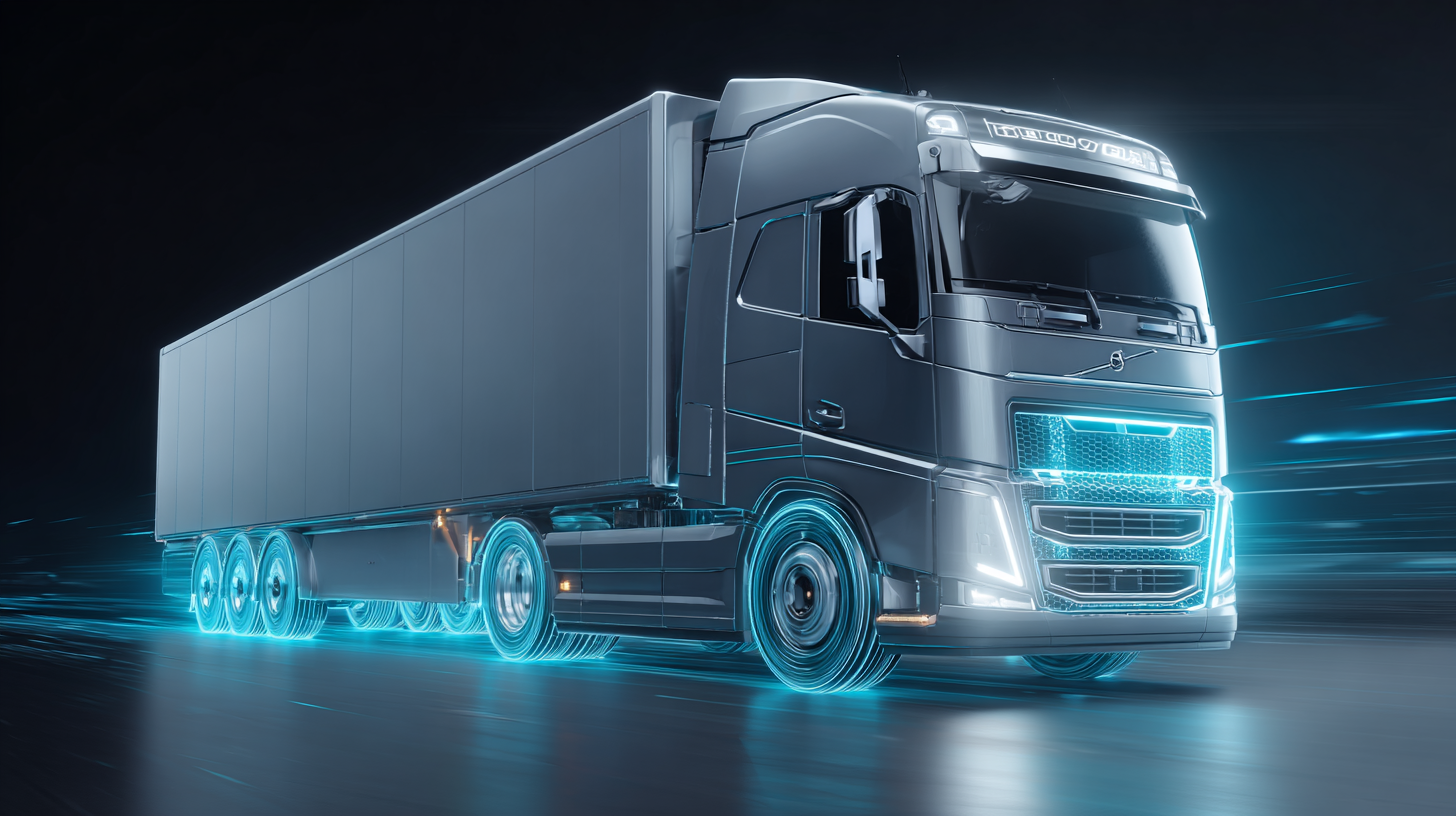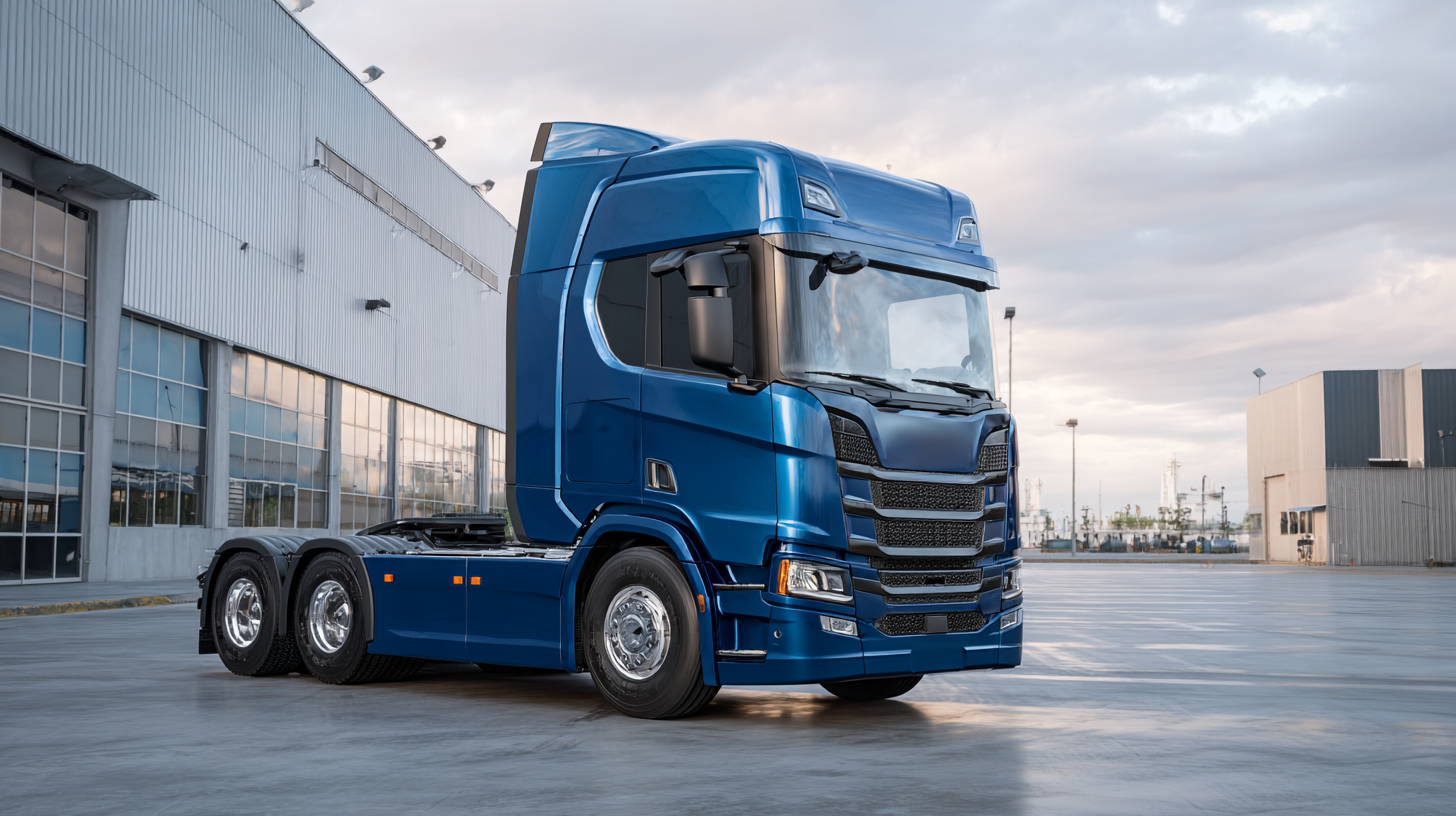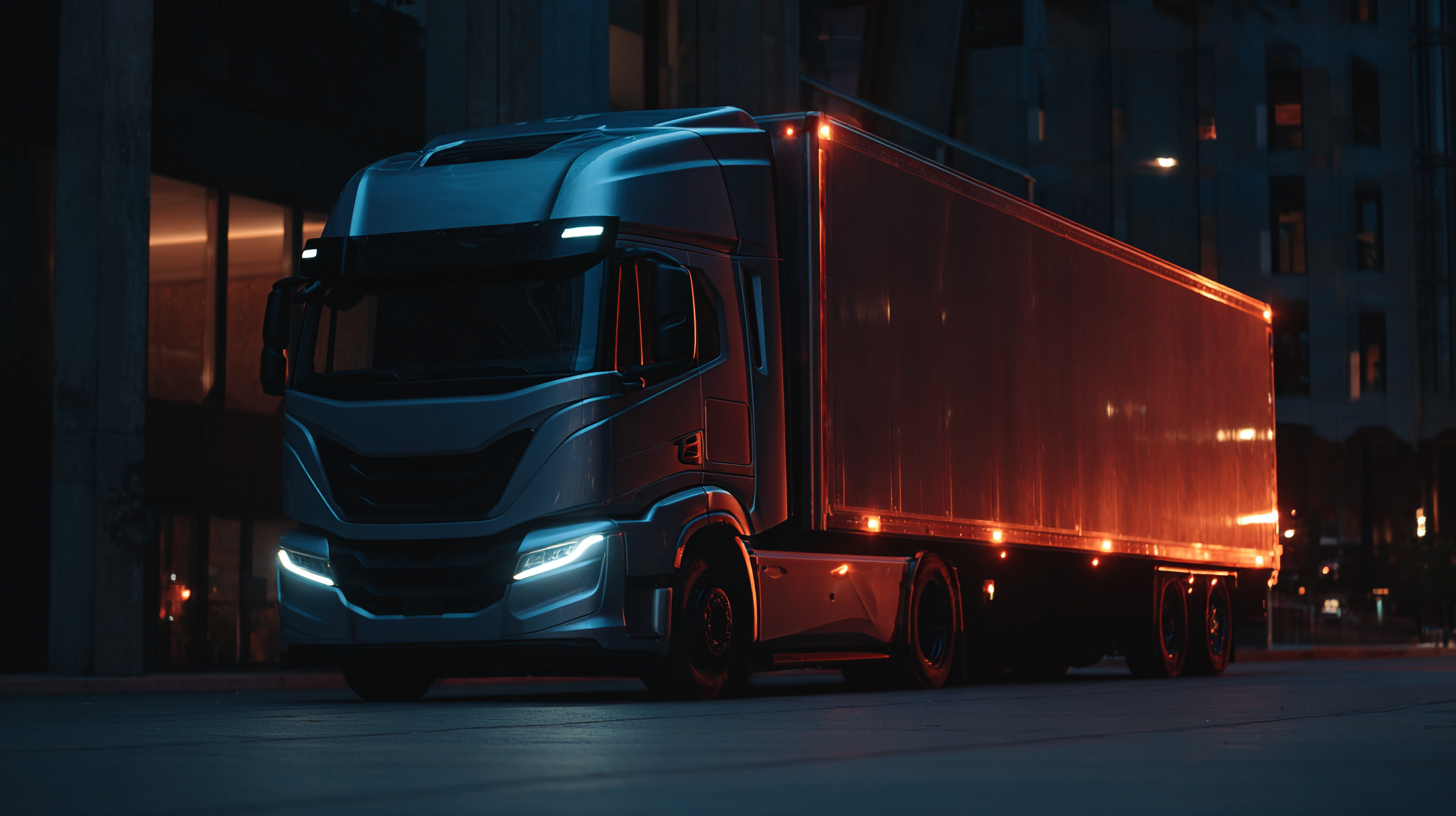Leave Your Message
As the global automotive industry rapidly transitions towards sustainable energy solutions, Electric Trucks have emerged as a game-changer in the commercial vehicle sector. According to a report by the International Energy Agency, the number of electric trucks is projected to grow significantly, with an estimated market share of 10% to 20% by 2030. This shift is driven not only by stringent government regulations aimed at reducing carbon emissions but also by advancements in battery technology that enhance the performance and range of electric vehicles. Furthermore, a recent study by Bloomberg New Energy Finance forecasts that by 2040, electric trucks will account for approximately 3 million units in the global market, indicating a robust demand for innovative electric solutions. In this blog, we will unlock the power of the best electric trucks available today, diving into technical specifications and providing expert guidance to help consumers and businesses navigate this electrifying new landscape.

 The evolution of electric trucks has been a remarkable journey marked by technological innovations and significant milestones. From the early prototypes in the late 20th century to the advanced electric powertrains we see today, the landscape of the electric truck industry has shifted dramatically. Key milestones such as the introduction of lithium-ion batteries revolutionized the feasibility of electric trucks, enabling longer ranges and faster charging times. Manufacturers like Tesla and Rivian have pushed the boundaries with their cutting-edge designs and enhanced performance metrics, highlighting a future where electric trucks are not only practical but also robust and efficient.
The evolution of electric trucks has been a remarkable journey marked by technological innovations and significant milestones. From the early prototypes in the late 20th century to the advanced electric powertrains we see today, the landscape of the electric truck industry has shifted dramatically. Key milestones such as the introduction of lithium-ion batteries revolutionized the feasibility of electric trucks, enabling longer ranges and faster charging times. Manufacturers like Tesla and Rivian have pushed the boundaries with their cutting-edge designs and enhanced performance metrics, highlighting a future where electric trucks are not only practical but also robust and efficient.
Innovation within this domain has also focused on sustainability and efficiency. Advancements in regenerative braking systems, lightweight materials, and autonomous driving technologies are reshaping how electric trucks operate. For instance, the integration of artificial intelligence allows for greater optimization in route planning, leading to reduced energy consumption. As more companies commit to electrifying their fleets, we are witnessing a significant paradigm shift towards a cleaner and more efficient transportation network, showcasing the potential of electric trucks to redefine logistics and environmental stewardship in the industry.
When it comes to electric trucks, understanding the performance and range of various models is crucial for making an informed decision. In this comparative analysis, we will explore the leading electric truck models, focusing on their technical specifications and real-world capabilities. Each truck offers unique features, from powerful electric motors that deliver impressive torque to advanced battery technology that extends driving range per charge.
For instance, the Tesla Cybertruck promises a robust range of up to 500 miles, making it a top contender for long-haul usage. Meanwhile, the Rivian R1T emphasizes off-road capability with its quad-motor system, allowing for excellent traction and control in diverse terrains. Additionally, the Ford F-150 Lightning caters to those looking for versatile utility, providing robust towing capacity alongside an impressive electric range. These trucks not only redefine performance metrics but also challenge traditional perceptions of utility vehicles in the electric landscape.
The latest advancements in battery technology are revolutionizing the electric truck industry, enhancing both efficiency and longevity. Many recent reports, including one from the International Energy Agency (IEA), indicate that the global electric vehicle battery market is projected to grow significantly, with an estimated compound annual growth rate (CAGR) of 20% through 2025. Innovations in lithium-ion batteries, such as the development of nickel-rich chemistries and solid-state batteries, are paving the way for longer ranges and shorter charging times. For instance, vehicles equipped with these cutting-edge batteries can achieve over 400 miles on a single charge, doubling the previous capabilities within a short span.
Moreover, improved thermal management systems in electric trucks are extending battery lifespan. According to a study by the Battery Innovation Center, advancements in battery cooling technologies can reduce the rate of capacity loss by up to 40%, thus enabling trucks to operate efficiently over longer periods and minimizing downtime. With these breakthroughs, electric trucks not only promise lower emissions but also present a more sustainable and cost-effective solution for the logistics and transportation sectors. As manufacturers continue to invest in R&D, the future of electric trucks looks increasingly promising, underscoring the importance of battery technology in driving the industry forward.
| Truck Model | Battery Capacity (kWh) | Range (miles) | Charging Time (0-100%) | Max Payload (lbs) | Power Output (HP) |
|---|---|---|---|---|---|
| Electric Truck A | 120 | 300 | 8 hours | 2000 | 400 |
| Electric Truck B | 150 | 350 | 10 hours | 2200 | 450 |
| Electric Truck C | 180 | 400 | 9 hours | 2500 | 500 |
| Electric Truck D | 200 | 450 | 7 hours | 2800 | 600 |
When considering the cost of ownership for electric trucks versus diesel trucks, it's essential to analyze various factors that contribute to long-term savings. Electric trucks generally come with lower fuel costs, as electricity is often cheaper than diesel fuel. Additionally, electric vehicles benefit from reduced maintenance expenses since they have fewer moving parts and don't require regular oil changes. This results in a significant reduction in upkeep costs over time, which is especially advantageous for businesses that rely heavily on their fleets.
Moreover, electric trucks may qualify for various incentives and rebates that can offset initial purchase prices, enhancing their affordability. Many jurisdictions offer tax breaks or subsidies aimed at promoting electric vehicles, which can make an electric truck a more financially sensible investment in the long run. While the upfront cost of electric trucks can be higher compared to their diesel counterparts, the cumulative savings from lower operational costs and incentives can ultimately make electric trucks a more economical choice for many businesses looking toward a sustainable future.

The future of electric trucking is poised for significant advancements, fueled by current market dynamics and evolving consumer demand. As the overall market for electric trucks expands, key components such as braking systems and tires are also experiencing robust growth.
The global automotive brake pads market is projected to reach approximately $9.35 billion in 2023, with a compound annual growth rate (CAGR) of 6.12% from 2024 to 2031. This increase reflects the growing emphasis on safety and performance in electric vehicles, making brake pad innovations a focal point for manufacturers.
In parallel, the electric vehicle tire market is expected to surge, with an estimated size of $45.82 billion in 2023 and a remarkable CAGR of 14.49% through 2031. This growth underscores a rising consumer preference for specialized tires that enhance driving range and efficiency for electric trucks.
Additionally, with the lithium-ion vehicle market anticipated to generate significant momentum, reaching an estimated $160.7 billion by 2032 with a CAGR of 14.58%, there is a clear indication of the electrification trend shaping the automotive landscape. Together, these elements highlight a transformative period for electric trucking, where technical specifications and consumer expectations are set to redefine the industry.
